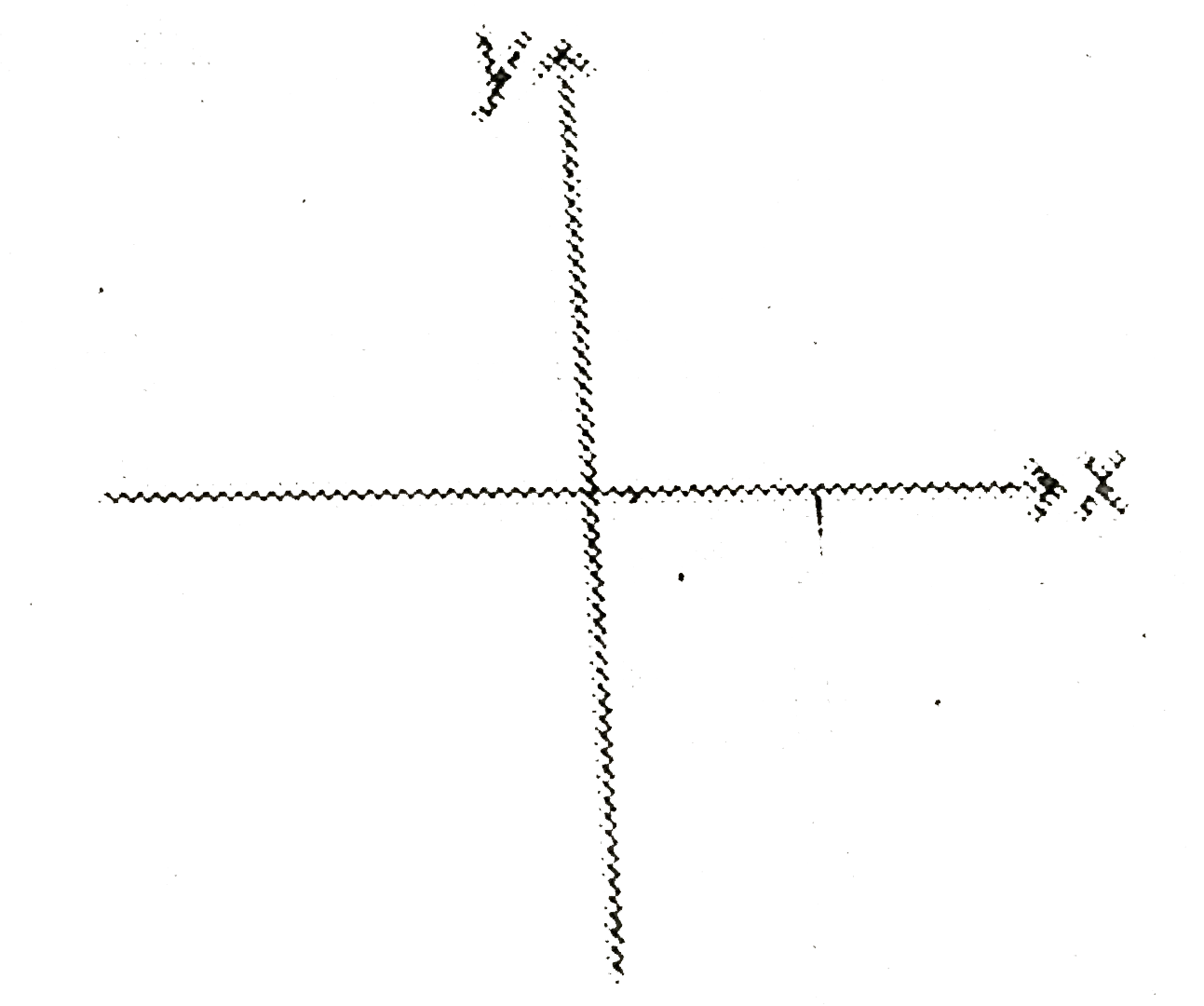The displacement of a particle is represented by the equation y=3cos(π4−2ωt).
The motion of the particle is
simple harmonic with period 2π/ω
simple harmonic with period π/ω
periodic but not simple harmonic
non-period
To determine the nature of the motion of the particle described by the equation y=3cos(π4−2ωt), we will analyze the equation step by step.
Step 1: Identify the Form of the Equation
The given equation is of the form:
y=Acos(θ)
where A=3 and θ=π4−2ωt.
Step 2: Determine the Angular Frequency
From the equation, we can see that the term associated with time t is −2ωt. This indicates that the angular frequency ω′ of the motion is:
ω′=2ω
Step 3: Check for Simple Harmonic Motion (SHM)
For motion to be classified as Simple Harmonic Motion (SHM), the acceleration must be proportional to the displacement and directed towards the mean position. The general form of SHM is:
a=−ω2y
where a is the acceleration.
Step 4: Calculate Velocity and Acceleration
1. Velocity v=dydt:
v=ddt(3cos(π4−2ωt))=−3⋅(−2ω)sin(π4−2ωt)=6ωsin(π4−2ωt)
2. Acceleration a=d2ydt2:
a=ddt(6ωsin(π4−2ωt))=6ω⋅(−2ω)cos(π4−2ωt)=−12ω2cos(π4−2ωt)
Step 5: Relate Acceleration to Displacement
We can express cos(π4−2ωt) in terms of y:
a=−12ω2(y3)=−4ω2y
This shows that the acceleration is indeed proportional to the displacement and directed towards the mean position.
Step 6: Conclusion
Since the acceleration is proportional to the negative of the displacement, we can conclude that the motion of the particle is Simple Harmonic Motion (SHM).
Step 7: Calculate the Time Period
The time period T of SHM is given by:
T=2πω′
Substituting ω′=2ω:
T=2π2ω=πω
Final Answer
The motion of the particle is Simple Harmonic Motion (SHM) with a period of πω.
---
The given equation is of the form:
y=Acos(θ)
where A=3 and θ=π4−2ωt.
From the equation, we can see that the term associated with time t is −2ωt. This indicates that the angular frequency ω′ of the motion is:
ω′=2ω
For motion to be classified as Simple Harmonic Motion (SHM), the acceleration must be proportional to the displacement and directed towards the mean position. The general form of SHM is:
a=−ω2y
where a is the acceleration.
1. Velocity v=dydt:
v=ddt(3cos(π4−2ωt))=−3⋅(−2ω)sin(π4−2ωt)=6ωsin(π4−2ωt)
a=ddt(6ωsin(π4−2ωt))=6ω⋅(−2ω)cos(π4−2ωt)=−12ω2cos(π4−2ωt)
We can express cos(π4−2ωt) in terms of y:
a=−12ω2(y3)=−4ω2y
This shows that the acceleration is indeed proportional to the displacement and directed towards the mean position.
Since the acceleration is proportional to the negative of the displacement, we can conclude that the motion of the particle is Simple Harmonic Motion (SHM).
The time period T of SHM is given by:
T=2πω′
Substituting ω′=2ω:
T=2π2ω=πω
The motion of the particle is Simple Harmonic Motion (SHM) with a period of πω.
Topper's Solved these Questions
- MOTION IN A STRAIGHT LINE Book:NCERT EXEMPLAR ENGLISHChapter:MOTION IN A STRAIGHT LINE Exercise:Very Short Answer Type Qns
Explore 14 Videos
- SYSTEM OF PARTICLES AND ROTATIONAL MOTION Book:NCERT EXEMPLAR ENGLISHChapter:SYSTEM OF PARTICLES AND ROTATIONAL MOTION Exercise:Long answer type questions
Explore 12 Videos
Similar Questions
Knowledge Check
The displacement of a particle is represented by the equation y=sin3ωt. The motion is
Anon-periodicBperiodic but not simple harmonicCsimple harmonic with period 2π/ωDsimple harmonic with period π/ω
The displacement of a particle along the x- axis it given by x=asin2ωt The motion of the particle corresponds to
View SolutionThe displacement of a particle along the x-axis is given by x=asin2ωt. The motion of the particle corresponds to
View SolutionThe displacement of a particle is given by →r=A(→icosωt+→jsinωt). The motion of the particle is
View SolutionThe displacement-time equation of a particle executing SHM is A−Asin(ωt+ϕ). At tme t=0 position of the particle is x=A2 and it is moving along negative x-direction. Then the angle ϕ can be
View SolutionA xandy co-ordinates of a particle are x=Asin(ωt)andy=Asin(ωt+π/2). Then, the motion of the particle is

View SolutionThe motion of a particle is given by x=Asinωt+Bcosωt. The motion of the particle is
View SolutionThe diplacement of a particle varies with time according to the relation y=asinωt+b cosωt.
View Solution
